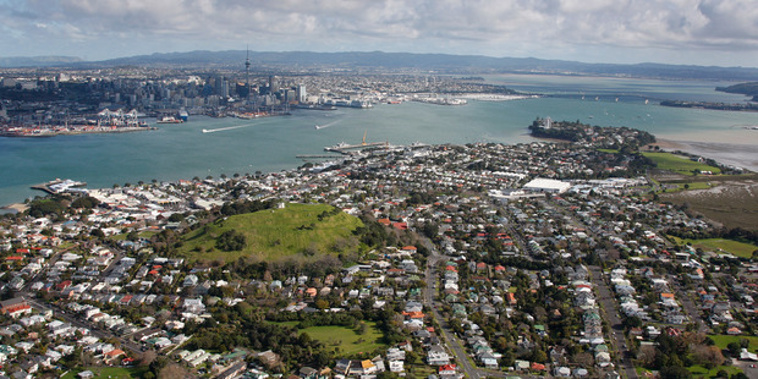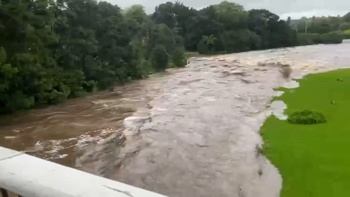
New Zealand needs to completely overhaul the way it is preparing for rising sea levels, the Government's environmental watchdog says, as up to 9000 coastal homes sit precariously close to the high water mark.
A newly released report by the Parliamentary Commissioner for the Environment Jan Wright also says the Government needs to start preparing for the huge potential cost of rising oceans driven by climate change, which could lead to the "managed retreat" of coastal communities to higher ground.
"Continuing sea level rise is not something that might happen - it is already happening, will accelerate, and will continue for the indefinite future," Dr Wright wrote in her report.
"Homes, businesses and infrastructure worth billions of dollars have been built on low-lying land close to the coast.
"Rising sea levels will have major impacts in many places. In time, coastal land will become uninhabitable."
A total of 9000 homes were less than 50cm above spring high tides, Dr Wright's report said. Thousands more were within a metre of this threshold.
Of the major cities, Auckland and Wellington had relatively few homes in low-lying areas.
Maps published in the report identified those most at risk. In the Auckland region, these included the inlet at Helensville, small parts of Devonport and Northcote, coastal areas around Mangere and Manukau, and tiny portions of Waiheke Island.
However, the report noted that elevation was only one factor in assessing risk, and some of these areas could be protected by headlands.
Other major New Zealand cities were much more vulnerable to rising oceans.
Christchurch had nearly 1000 homes on land which was less than 50cm above the spring high tide mark.
Dunedin had 2600 homes below this threshold. Five coastal towns - Napier, Whakatane, Tauranga, Motueka and Nelson - had 1000 homes just above the high water mark.
Drawing on findings from the Intergovernmental Panel on Climate Change (IPCC), the report said oceans around the world had risen around 20cm on average since the beginning of the 20th century. The seas around New Zealand had risen in line with the global average, but could potentially rise more quickly in future.
Sea level rise was caused by warming, expanding oceans, the retreat of glaciers, and shrinking polar ice sheets.
Even if the greenhouse gas emissions which contributed to climate change were urgently mitigated, global sea levels were likely to increase by between 25cm and 60cm by the end of the century.
If emissions were not mitigated, the sea could rise by a metre. Under either scenario, coastal floodings and other negative impacts were set to increase in New Zealand, worsened by higher frequencies of storms and weather events.
The report said the most difficult aspect of preparing for higher seas would be dealing with New Zealanders' coastal properties.
Dr Wright said councils would need to use science which was fit for purpose, and engage with communities "in a measured way and with empathy".
The process in Kapiti and Christchurch had been particularly "adversarial", she said, as local government had clashed with residents over plans to prepare for higher sea levels.
Councils also needed better direction from central government, the commissioner found.
While the need to reduce atmosphere-warming emissions was urgent, sea level rise was incremental and there was time to carefully design adaptive measures.
In total, Dr Wright made eight key recommendations for the Government and councils.
They included a new, separate policy statement for sea level rise, better measurement of rising oceans, and standardised council processes for dealing with affected communities.
The main recommendation for the Government was to start preparing for the economic and fiscal risks of rising seas. The cost of replacing buildings damaged by higher seas alone has been estimated at up to $20 billion.
The new report followed an earlier investigation into the science of rising sea levels, published last year.
Take your Radio, Podcasts and Music with you









